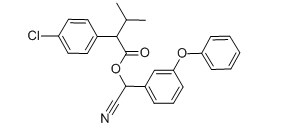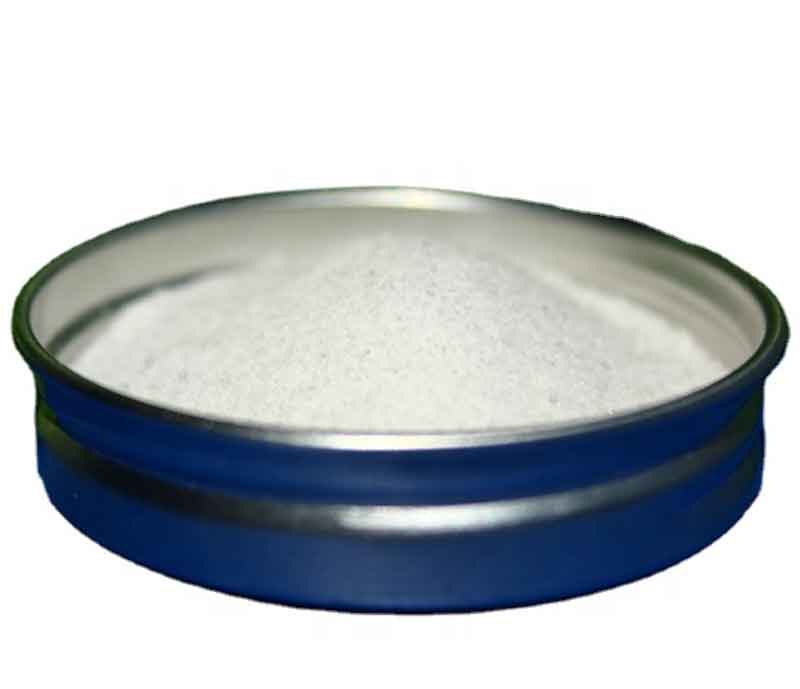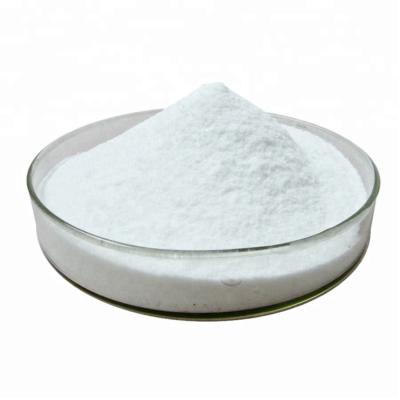The Fenvalerate Pyrethroids Insecticide
Chemical name:
Cyano(3-phenoxybenzyl)-2-(4-chlorophenyl)-3-methylbutyrate
Molecular formula: C25H22ClNO3
The product is a broad spectrum of effective insecticide, rapid action, strong knockdown force, mainly to kill the horn, but also stomach toxicity, can prevent and control a variety of cotton pests
Product description:
Fenvalerate is a synthetic pyrethroid insecticide. it is a aggregate of 4 optical isomers that have one-of-a-kind insecticidal sports. the 2-s alpha (or ss) configuration, referred to as esfenvalerate, is the maximum insecticidally lively isomer. fenvalerate includes about 23% of this isomer.
Fenvalerate is an insecticide of moderate mammalian toxicity. In laboratory animals, central nervous system toxicity is observed following acute or short-term exposure. Fenvalerate has applications against a wide range of pests including some of the more destructive such as the Helicoverpa assulta. Residue levels are minimized by low application rates. Fenvalerate is most toxic to bees and fish. It is found in some emulsifiable concentrates, ULV, wettable powders, slow release formulations, insecticidal fogs, and granules. It is most commonly used to control insects in food, feed, and cotton products, and for the control of flies and ticks in barns and stables. Fenvalerate does not affect plants, but is active for an extended period of time.
Structural formula:

Molecular weight: 419.9
CAS No. : 51630-58-1
Fenvalerate may irritate the skin and eyes on contact, and is also harmful if swallowed.
Physical and chemical properties:
The original drug is yellow oily liquid. B.p. 300 ℃ (4.9 x 103 pa, 25 ℃), the vapor pressure of 3.703 x 10-5 pa, relative density 1.175 (25 ℃)
Specifications:20%,40%EC 20%,30%EW
10%, 20%, 30%WP
Packing: 25Kg/DRUM
Usage:
The product is a broad spectrum of effective insecticide, rapid action, strong knockdown force, mainly to kill the horn, but also stomach toxicity, can prevent and control a variety of cotton pests, such as cotton bollworm, cotton aphid, widely used in the control of tobacco, soybean, corn, fruit trees, vegetables pests, can also be used to control livestock and storage pests.
Submitted successfully
We will contact you as soon as possible




